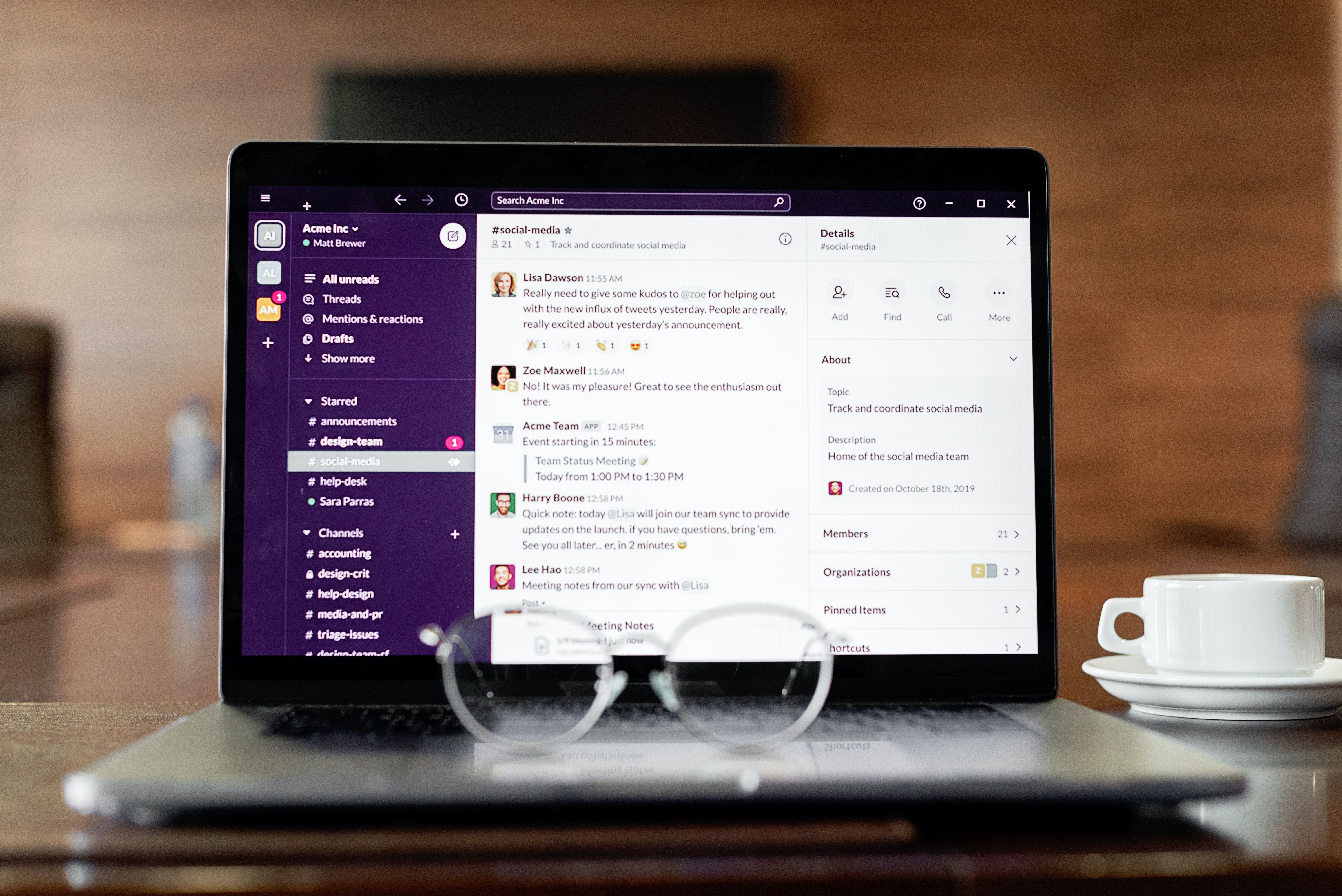If you thought that working remotely will spare you from bullies in the workplace, think again. These days, people are reporting being bullied while working from home more and more. There are some things you need to be aware of to make sure you protect yourself from online harassment.
If you're not sure what cyberbullying looks like, it might be beneficial for you to take a look at some of their tactics to see if you're undergoing the same thing. Here are some ways to deal with cyberbullying in a remote environment, so you don't have to suffer alone.
What Cyberbullying Looks Like in a Remote Workplace
Workplace bullies have always been around, but as workplaces change, bullies have found new ways to abuse their colleagues. If you've been bullied, you'll know that it leaves a scathing mark on your self-esteem.
Cyberbullying is somewhat different in a virtual environment than it is in-person, but it still has the same psychological effects on someone's morale and well-being. From feeling worthless, to being on edge, bullying can have disastrous effects on your personal life and career. With more and more people working online, it can be confusing as to what can be classified as cyberbullying.
While some things may be perceived as general workplace banter, there are things that cannot be ruled out as inoffensive. Some signs of bullying in the workplace include:
- Publicly intimidating a colleague by pointing out their mistakes (in a public email, meeting, or chat).
- Asking someone to do things they don't know how to do in the hope that they will fail (and not showing them how to succeed).
- Putting someone's effort down.
- Excluding someone from group discussions.
- Making jokes intended to belittle someone.
- Taking credit for something someone else has done.
- Criticizing with the intention to harm someone professionally.
- Spreading gossip or rumors about someone.
- Messaging someone with inappropriate remarks.
- Micromanaging someone's work.
- Embarrassing someone on social media.
How to Deal With CyberBullying in Remote Work
Working from home comes with its own set of challenges. While there are reasons why working from home could be bad for you, one of those reasons shouldn't be because you are being cyberbullied. Being bullied affects your life more than you know.
It is not always easy to face a workplace bully (both on and offline) because they can deny it and make you look like you're the one who is being dramatic. However, if someone is doing something you don't like, you have every right to bring their behavior up, either directly with them or with management.
At times, it is difficult because the boss is the one who is being the bully. In this case, it's important to know your rights as an employee and gather your information so that you can build a case for yourself. Here are 6 ways to deal with workplace bullies:
1. Confront the Bully Directly
If someone is making you feel small at work, it is important to confront them in a way that tells them that you're not happy with their behavior. For example, if a bully is being passive-aggressive, don't do the same back, tell them you're not okay with their actions and call them up on it.
There are times when bullies don't realize they're being bullies, so if this is the case, bring up their actions and have a conversation about what is happening and how to stop it.
2. Document Their Actions
If you're chatting with your colleague, and they are making derogatory remarks, take a screenshot of what they're saying before you respond. If your company has an HR department, share it with them to let them know that you are not okay with this type of behavior.
3. Record the Video Call or Ask for a Witness
Unfortunately, we can't always record video calls, but if you can, do so. For example, if you are due for a performance review with your boss who also happens to be your bully, ask to record the conversation or have a third party present, such as HR or another colleague who you trust.
4. Get Professional Counseling
If your company has a policy in place where their workers are able to benefit from professional counseling, utilize it. If not, find a counselor who can help and support you through this troubling time and ask them for tactics on how to deal with the bully. The more people you can surround yourself with who can help you, the stronger you will feel when having to confront your bully.
5. Take Some Time Off
There is no law against taking time off, especially if you are undergoing psychological issues at work. By taking some time off, you'll be able to clear your head and assess your next move before the bullying gets worse. Taking a step back from a damaging environment means calling in sick, not checking your emails, and turning off chatting devices related to your workplace.
6. Leave if Nothing Changes
If you've raised the issue of bullying with management at your workplace and nothing has been done, sometimes the best thing to do is leave. Your mental health is more important. If you've explored (and exhausted) all options, and nobody is doing anything to help you, then the organization you are working for is not worth your time and energy.
Remote Work Should Have Anti-Bullying Policies
No matter if you're in a workplace that is hybrid, or you are primarily carrying out your work remotely, the rules and policies when it comes to bullying should be the same. Nobody should be putting up with a bully while working from home. Just because bullying online takes a different shape, it doesn't mean that the repercussions are not the same.
If you are being bullied or if you know someone who has, it's important to know that you have rights. Be prepared to take it to the next level. Document their actions. Report them. Seek advice and get help.


.jpg)
.jpg)


.jpg)